Project Triangle Strategy Revives Final Fantasy Tactics Style and Tone
SQUARE ENIX ONCE MORE REVIVES CULT CLASSIC OUTSIDE OF FF MONIKER
It’s common for many older players to have an affinity for a particular style of game due to fond memories from their past and it seems like one of the most eager groups are those surrounding various role-playing games, oftentimes created by Japanese developers. There are so many excellent games that captured imaginations through narrative, artwork, music, setting, and gameplay that one could spend an entire lifetime and likely not be able to play them all. I am one of those players, one who spent countless hours in my teens curled up in a big blanket with a PlayStation controller wire trailing out. I was enraptured with the worlds, creatures, and magic of games like Legend of Dragoon, Final Fantasy IX, and Final Fantasy Tactics. Square Enix, the publishing JRPG giant may appear to be ignoring players who clamber for more of the “glory days” of the SNES and PS1 but the company continues that spirit in smaller projects, typically severed of the branding of their most successful series. This is where Project Triangle Strategy comes in, tracing the footsteps of Octopath Traveler, using the HD-2D series name to bring back the essence of Final Fantasy Tactics.
Final Fantasy Tactics was a game I initially didn’t understand and was downright angry at for being such a major departure from the turn-based affair of the Final Fantasy series up to that point. Once I had been introduced to the mystical worlds of the PS1 era games, particularly FFVII, FFVIII, and FFIX, I was famished for more games like them and I knew there had to be more. Anything with Final Fantasy in the title or published by Squaresoft became a center of fascination for me. Every trip to a store that sold video games resulted in me combing the shelves for these games, leading me down a rabbit hole that I still burrow through to this day. Over time, I had poured through most of the games in my collection with Final Fantasy Tactics being the one that I had trouble overcoming.
I wasn’t the only kid in my school chasing this dragon though. Thankfully, I had friends who were eager to share their tips and thoughts on these fantasy tales. It was through these chats that I learned where I went wrong with Tactics and that evening I was able to make significant progress and dive into the class system. Then I heard that Cloud of Final Fantasy VII was available in the game and my quest to reach that end-game reward began. Over one summer break, I not only finished Final Fantasy Tactics but I tore it apart with multiple playthroughs, various guides, and GameShark cheat codes. The more serious tone of the story, the intricate job system, the ability to capture monsters as allies, and the incredible music all swirled into a comforting mix that became one of my favorite gaming experiences of my life.
From there, I continued exploring tactical RPGs which led me to Final Fantasy Tactics Advance and Fire Emblem on the Game Boy Advance. Nothing really felt as significant as my time with FFT which was luckily satisfied once more when the game was remastered as Final Fantasy Tactics: The War of the Lions on PSP. Of course, there have been many incredible tactical RPGs since but I always hoped that Square Enix would at least re-release these titles on modern systems. A Final Fantasy Tactics collection on Switch, for example, would be something I would shout for joy over.
This history and love for this particular style of game is why Project Triangle Strategy is so promising for me and I know that I am not alone in this feeling.
To further rope in fans of the genre, a demo for Project Triangle Strategy was released, allowing players to experience the combat, writing, and story-telling systems that will likely carry over into the main release. It is important to note though, that this is a game that won’t see release until at least 2022 on a system that is starkly behind the competition on a technical level. RPGs, in general, feel perfectly at home on the Nintendo Switch and a game of this scope and style doesn’t need the power of a PS5 to achieve its goals. However, I do still hold out hope for an upgraded Switch system that continues to modernize the platform. Regardless of how the game is ultimately delivered and despite how the gaming landscape could change between now and then, I am eager to explore Project Triangle Strategy with the same fervor that helped shape my love for the genre.
Project Triangle Strategy is immediately familiar for those who played even a few hours of Final Fantasy Tactics. The combat system and perspective, the warring families, the music, and the way characters speak are all similar. I do miss the familiarity of the Final Fantasy setting and there are certainly blemishes that need polishing like the voice acting but I still had a lot of fun in the demo.
While the main character is Serenoa of House Wolfort, the story is unraveled through multiple scenes and perspectives, much like the popular fantasy drama Game of Thrones. Even in the demo, we get insight into the motivations and intrigues of various houses and nobles, including the villains of the story. It can be a little confusing to keep track of all of the characters and I think that the game’s art style actually hinders this. Many of the game’s sprites have similar silhouettes and the way the game puts a blurry shadow over all of them makes it even more challenging to discern who is who. Thankfully, a simple button press brings up a brief character description, their affiliation, and their full character art. Although, I do hope that those character descriptions expand over time.
Overall, I really struggled with the visuals. There’s this filter over the game that shadows the corners of the screen, making it feel like I’m watching the action through a tube. The aforementioned shadowed characters also look unnatural in the game’s environments. Gripes aside, I think that the water and fire effects look amazing and it was interesting to see various attacks that echo the presentation of FFT in a modern light. It is also refreshing to have the ability to move the game’s camera around without the need of sticking to the rigid points of view in FFT.
The general gameplay loop involves interacting with various scenes, presumably setting up units and team composition (not available in this demo), exploring battle maps for extra items or strategic options, and turn-based combat. I found the writing and story tiresome but interesting; this seems like the type of game where I would want a strategy guide or an art book to really grasp what was happening. There’s also this decision-making system included in the demo where the player must decide whether or not to give up a major character to meet the demands of the opposing force. To do this, various characters’ potential sway on the issue is displayed and the player can gather information. Then they can present that information to the involved characters in an effort to persuade them in a particular direction. It’s a system that has weight in its presentation but I am most interested to see if this system will have dramatic effects on the outcome of the narrative or if it will be mostly clever smoke and mirrors. While I haven’t experienced the eight crossing character dramas of Octopath Traveler, I have heard that the game’s promise is much more interesting than the actuality. Either way, this decision system is an interesting way to involve players in the story and it will at least lead to a few different party members and events.
The combat is definitely the main appeal of Project Triangle Strategy and I’m happy to find that the battles are challenging and had me considering a few moves ahead. This is also where I think the game needs the most improvement though. Mages in particular feel hamstrung by the ability system. Each turn a character gains TP, which are points that are used for abilities and spells. Most common spells take at least two TP which often leads to mages just standing around or swinging at opponents they shouldn’t be. There is a character in the demo that grants TP to other characters but I didn’t get much of a chance to use him.
Characters can also do follow-up attacks when adjacent to a targeted foe. This can lead to some interesting combos, similar to what’s seen in the Disgaea franchise, but I did find that the game’s user interface made it hard to know what attacks would trigger and when. I eventually got the hang of it, but it just didn’t feel as cohesive as the FFT series. I also struggled to remember which character was capable of what, due to the similar visual style carried by each character. My favorite character by far was Anna, a spy who can hide and is capable of multiple attacks per turn; her ability to catch enemies by surprise for a high-damage backstab was a lot of fun.
What is shown in the demo for Project Triangle Strategy is promising but, if it were to release today with these foundations set, I don’t think it would do as well with core fans as the development team would hope.
There is a feedback survey being sent to players’ email inboxes so there is at least a clear want for input from those who tried the demo. Hopefully, the feedback combined with the next year or more of time can help shape Project Triangle Strategy into a game that proudly bears its inspirations while charging forward of its own independent merit.
I just hope they find a better name. . .
Oh, and re-releasing some FFT titles wouldn’t hurt while we wait for Project Triangle Strategy.
Learn more about Project Triangle Strategy on the official website. The demo is available for all Nintendo Switch players via the eShop. Screenshots were captured using the native functions of the Switch.
For more JPRG content, check out our massive review of Final Fantasy VII Remake a game that we also discussed in detail on The Forever Classic Podcast. We also explored Square Enix and the tendency to keep their legacy titles alive through ports and remasters. They are, mostly, incredible at doing this but there are still some gaps in those releases.
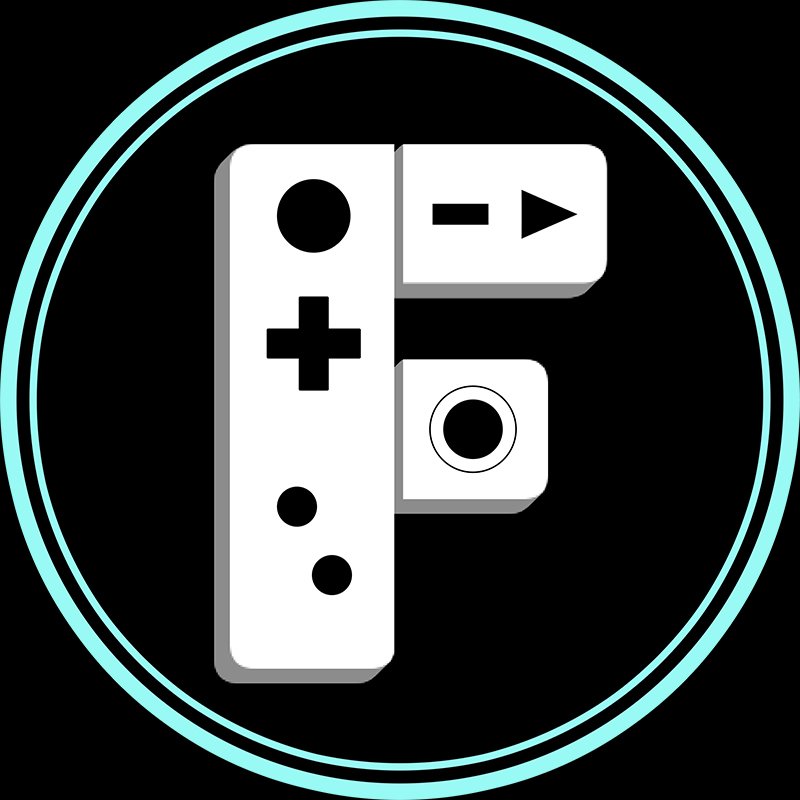

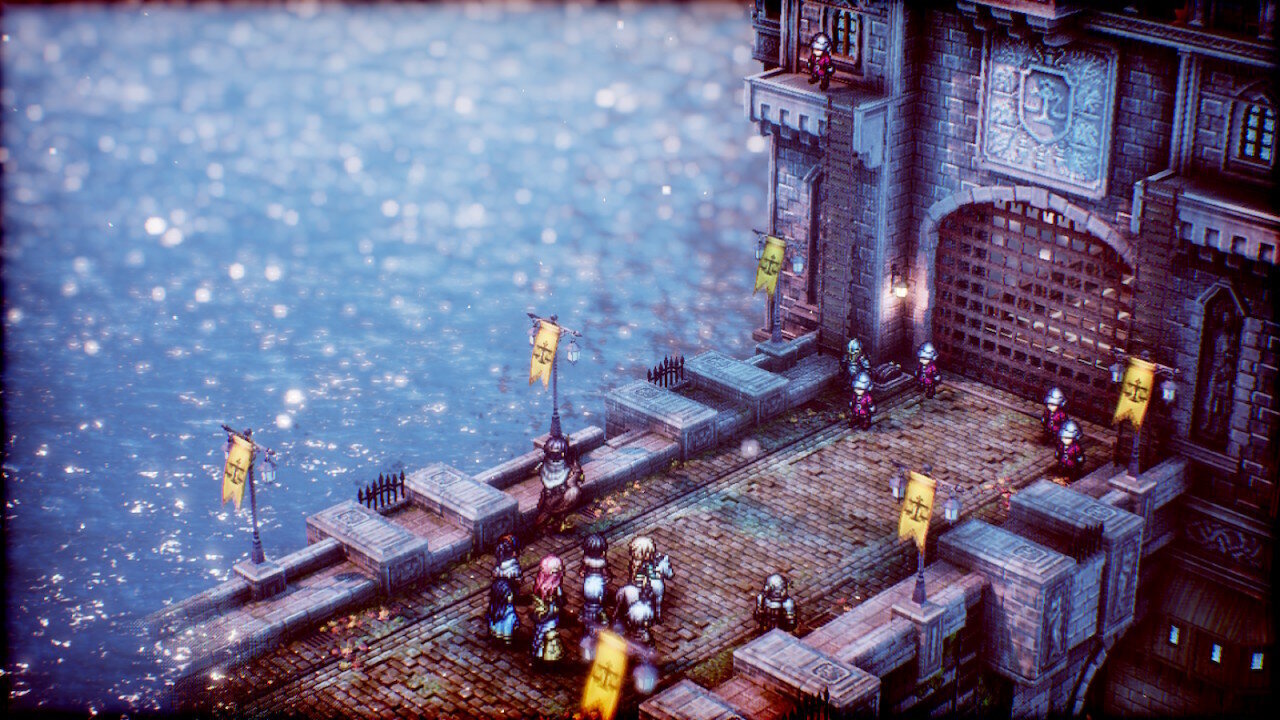
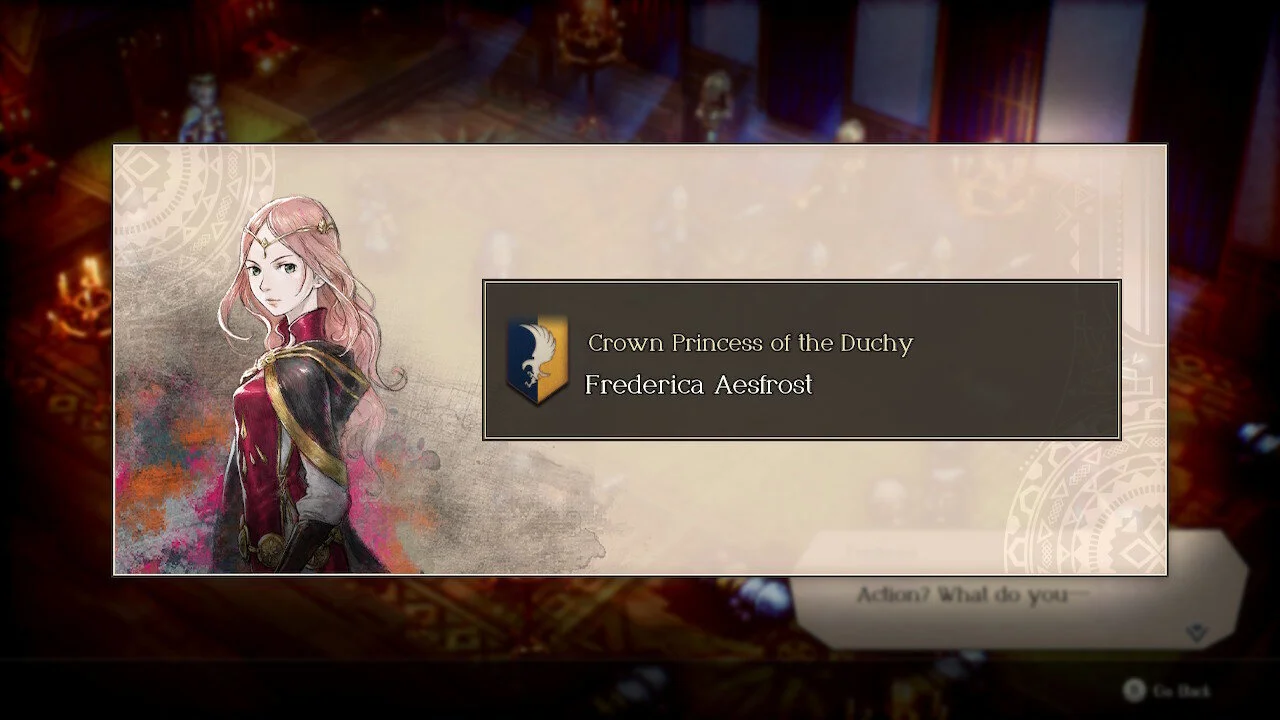
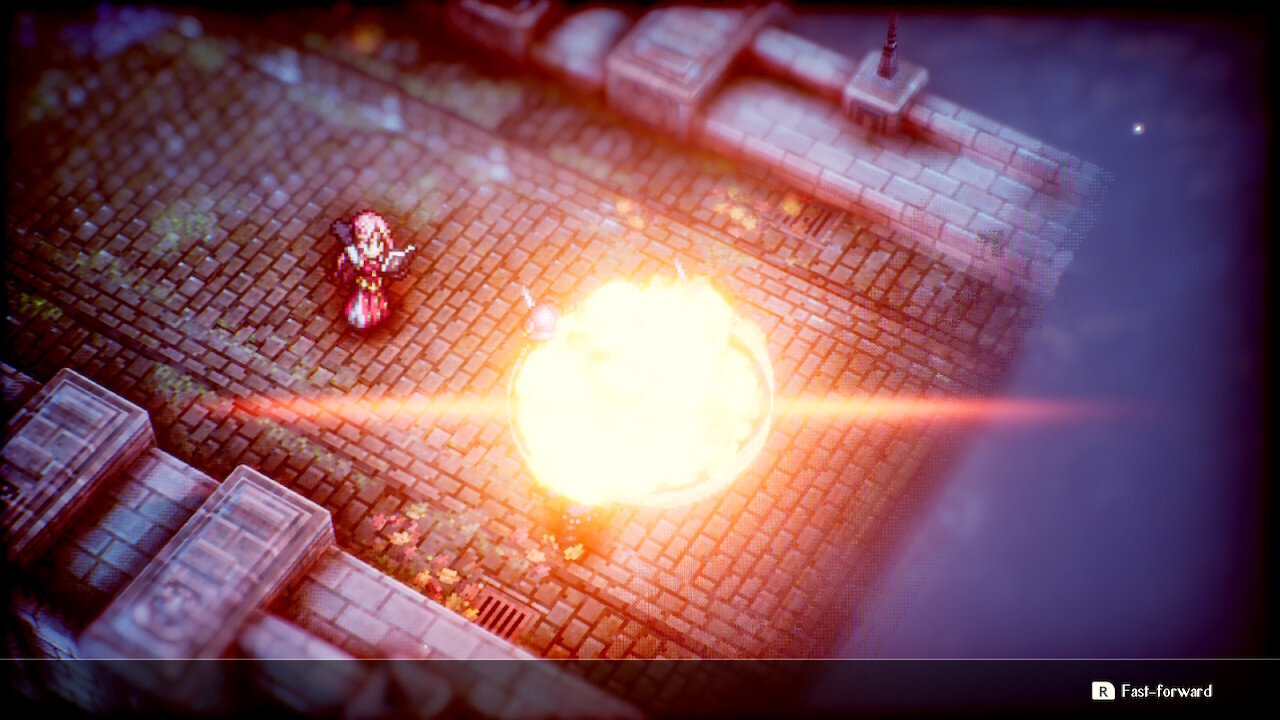
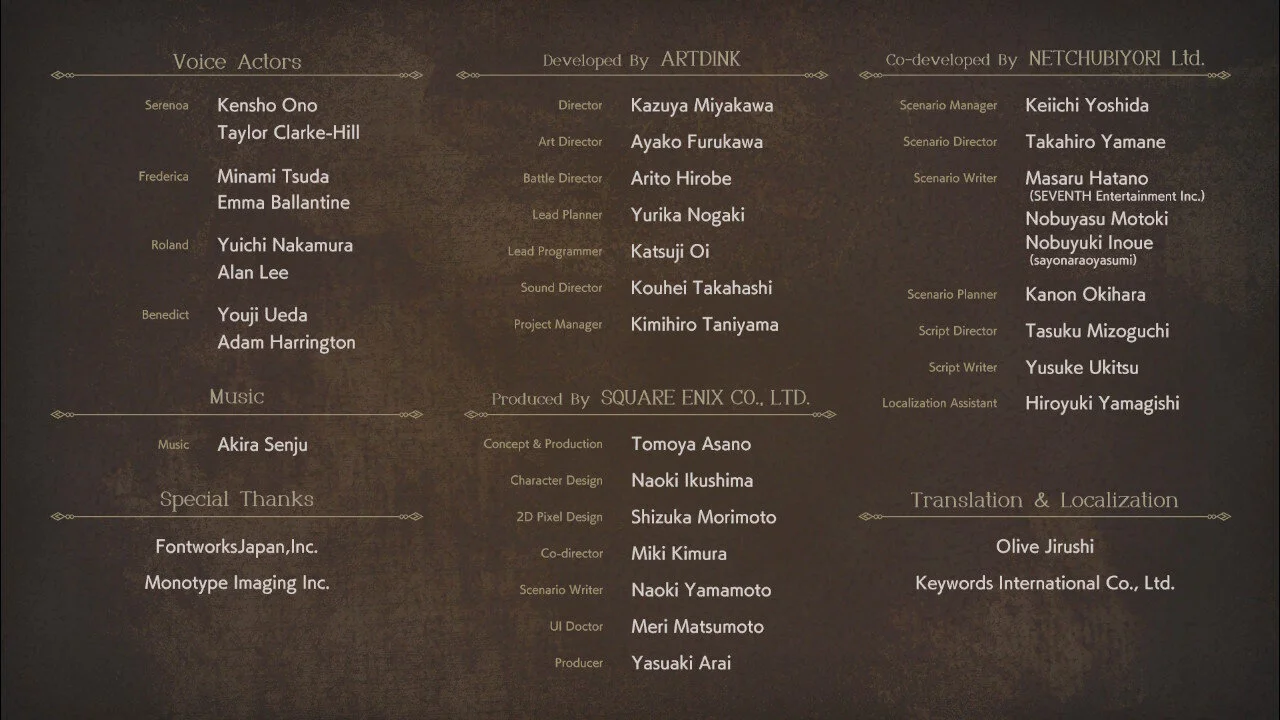
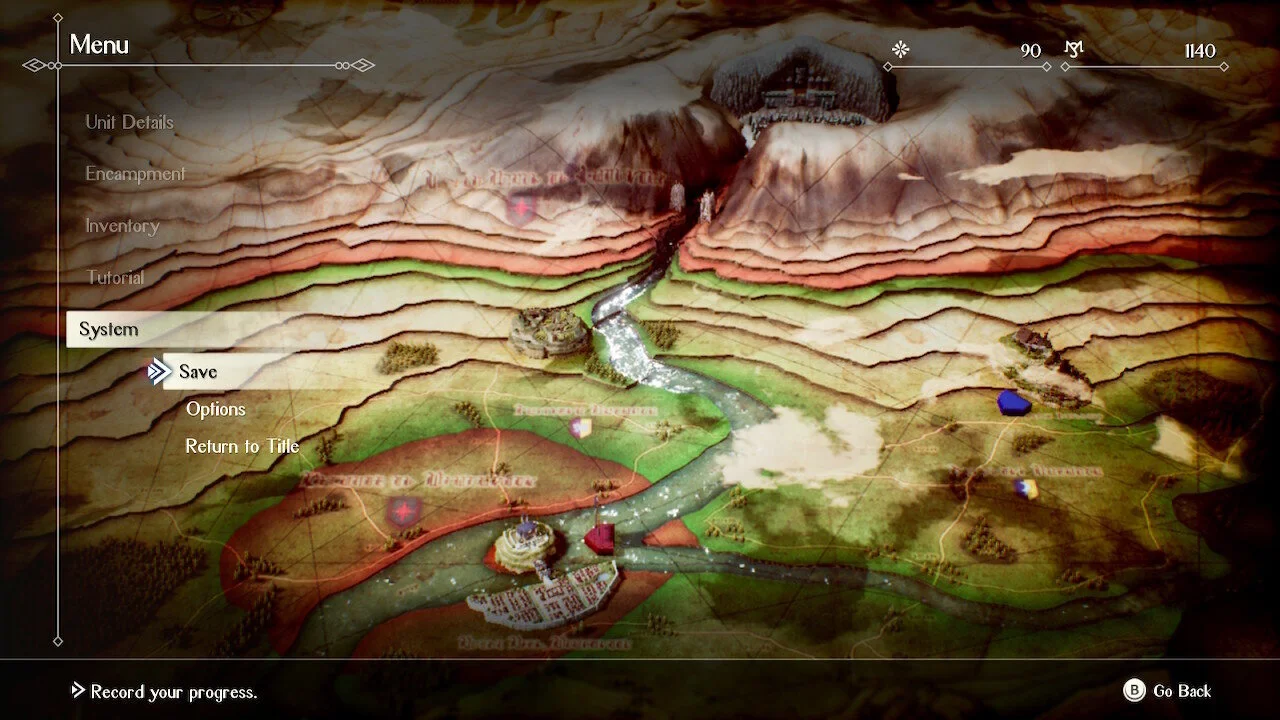
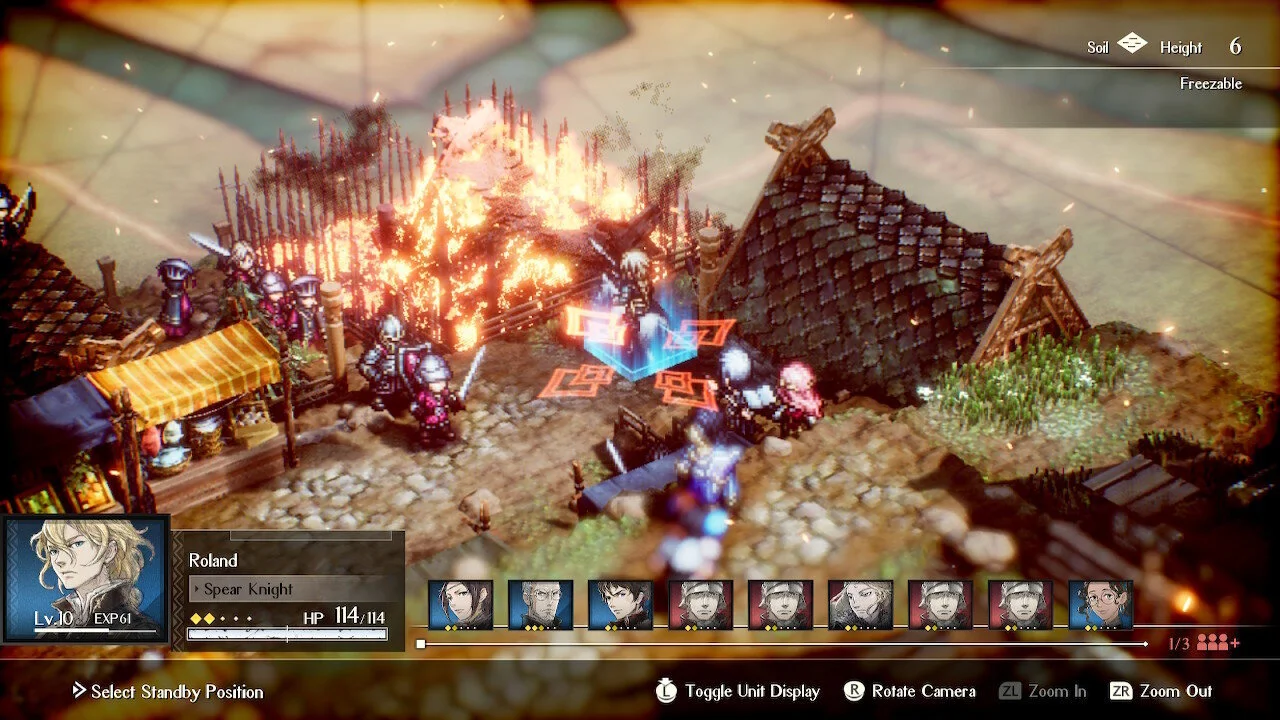
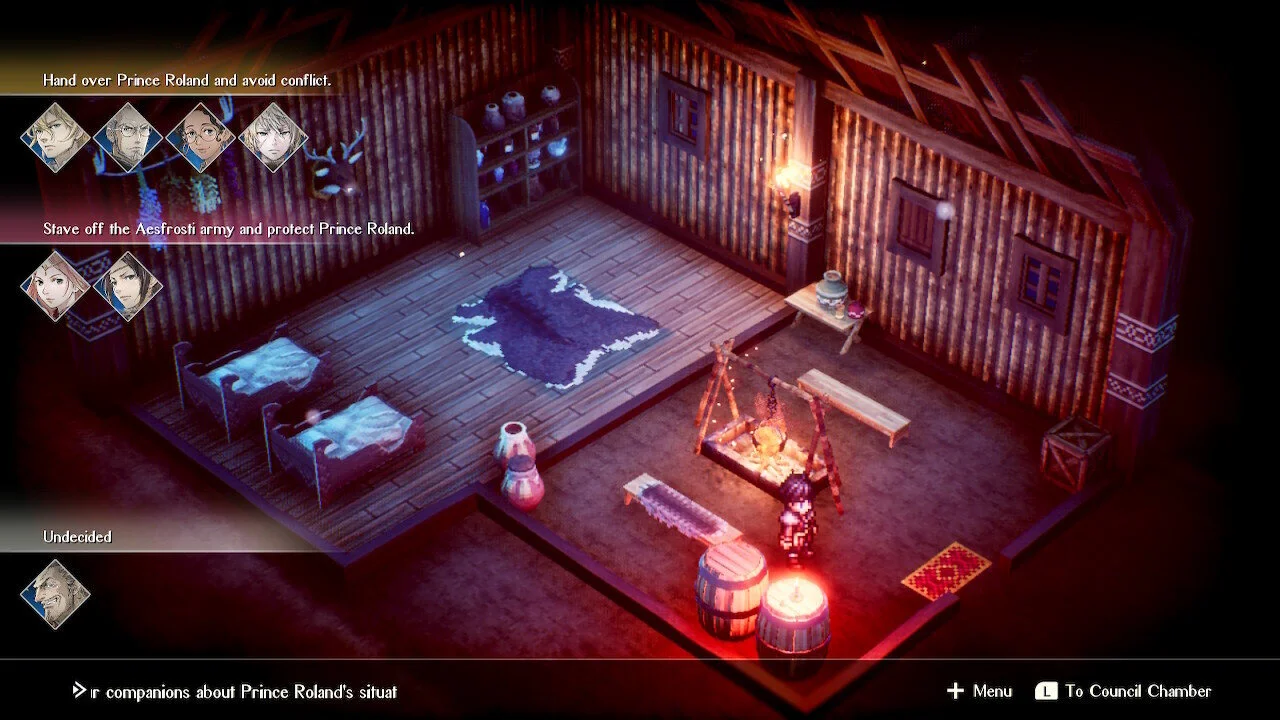
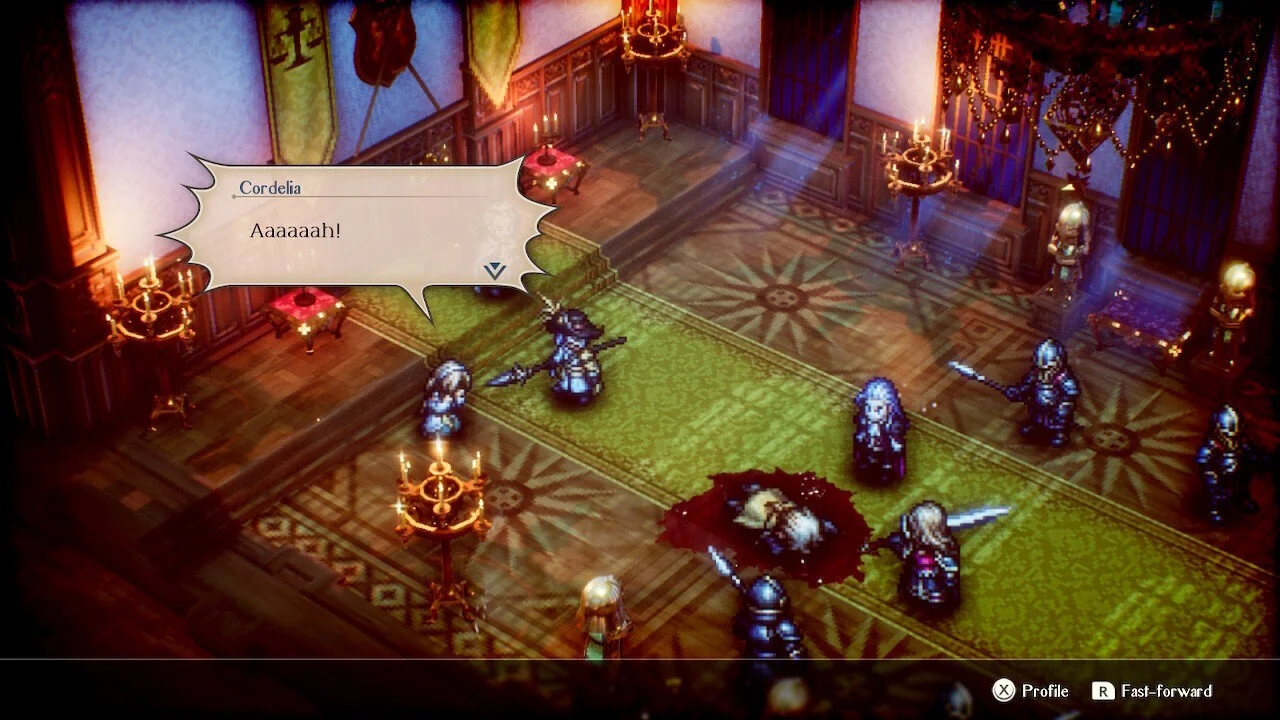
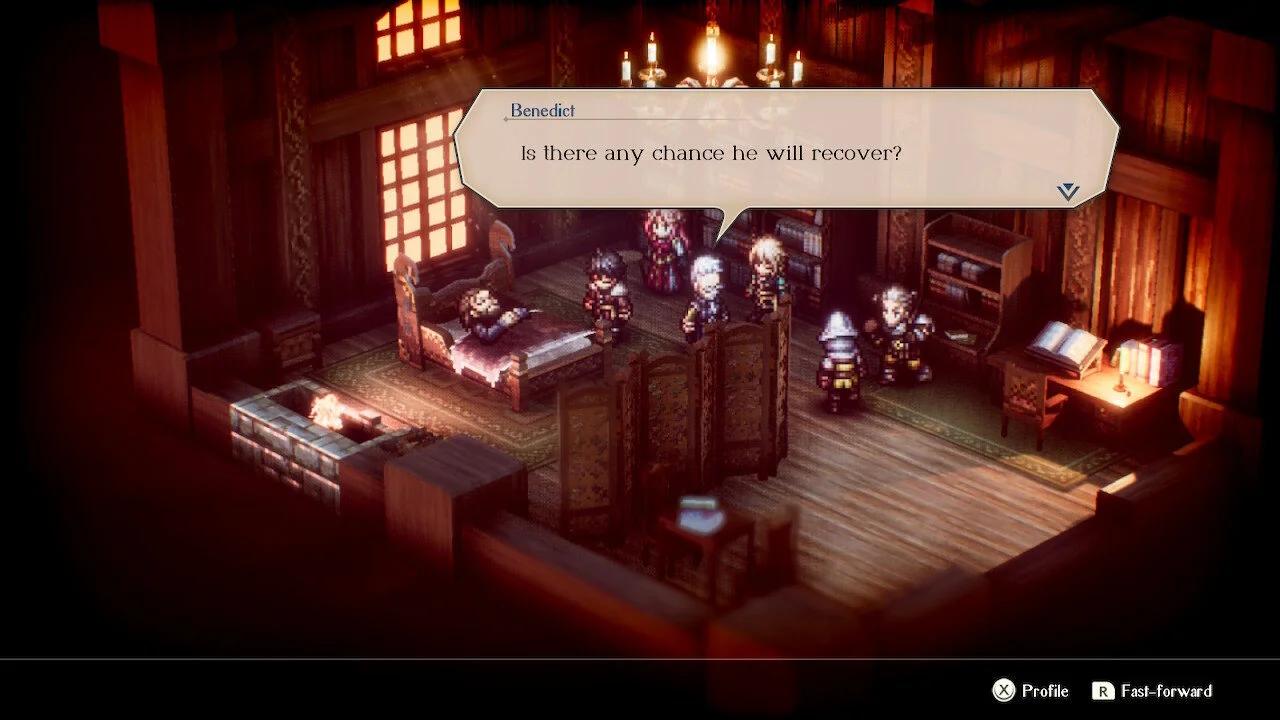
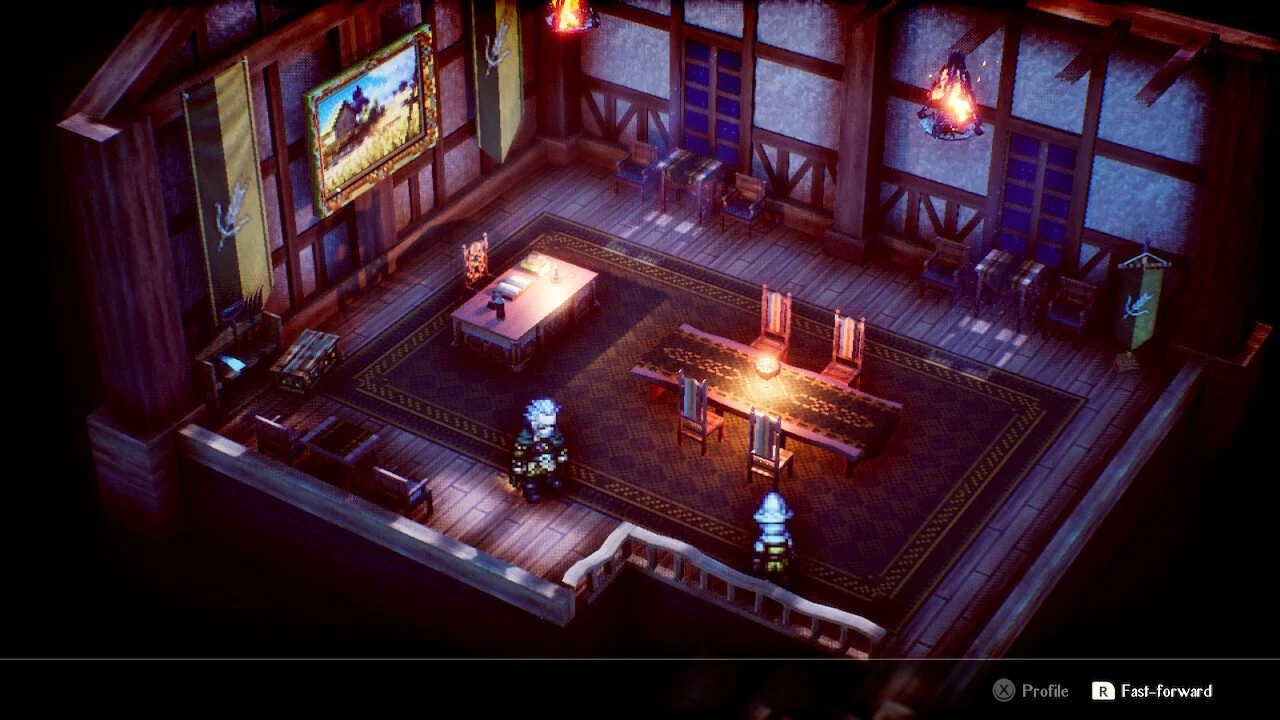


Video games have been demonized since their inception but several studies suggest that games can be actively helpful in many applications. Juno explores if video games can actually be good for the mind.